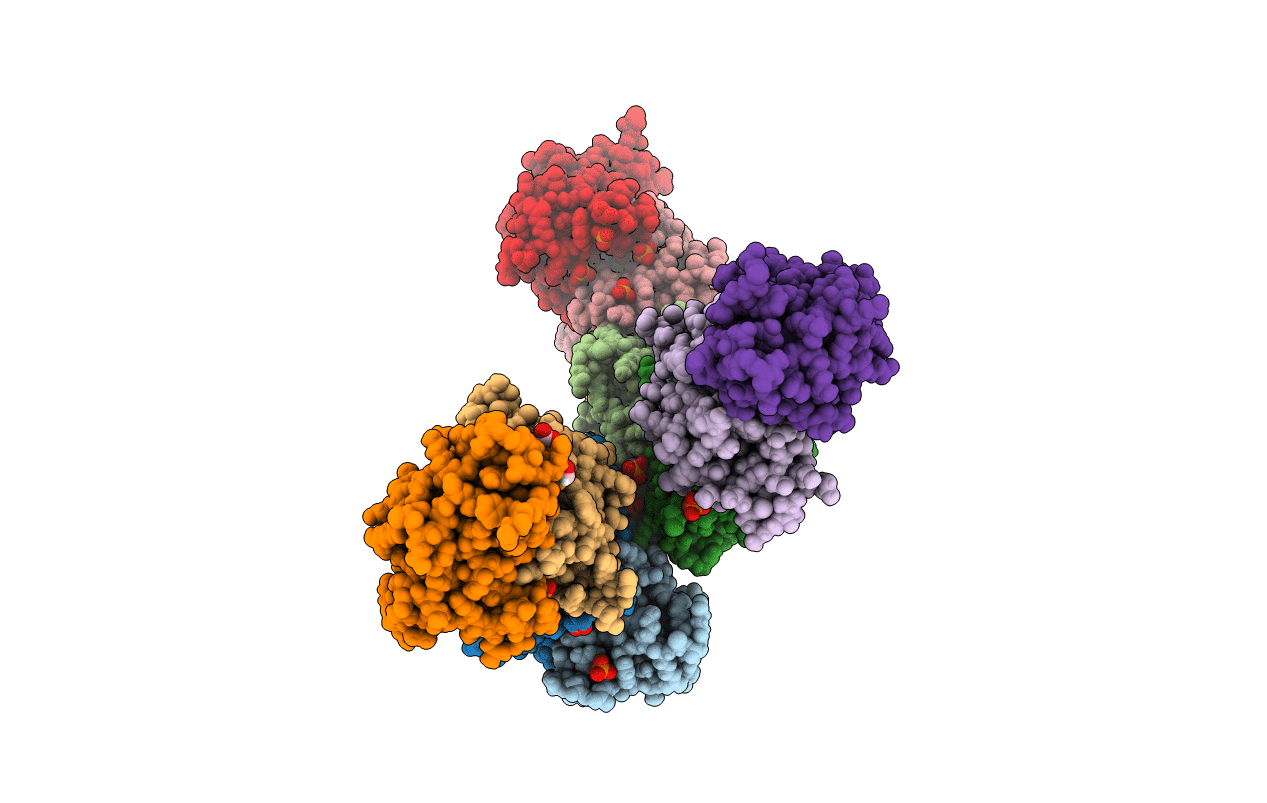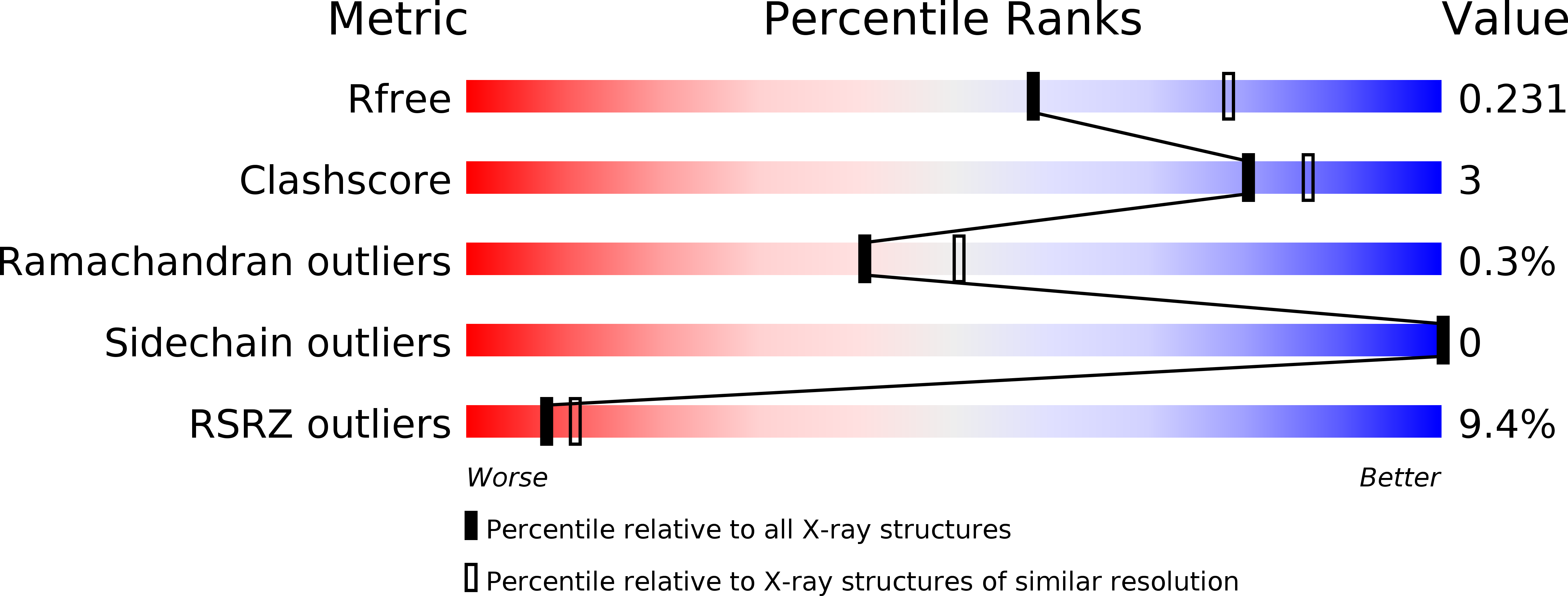
Deposition Date
2018-10-31
Release Date
2019-11-27
Last Version Date
2023-10-11
Entry Detail
PDB ID:
6MXX
Keywords:
Title:
Structure of 53BP1 tandem Tudor domains in complex with small molecule UNC2991
Biological Source:
Source Organism:
Homo sapiens (Taxon ID: 9606)
Host Organism:
Method Details:
Experimental Method:
Resolution:
2.30 Å
R-Value Free:
0.23
R-Value Work:
0.20
R-Value Observed:
0.20
Space Group:
P 21 21 21


